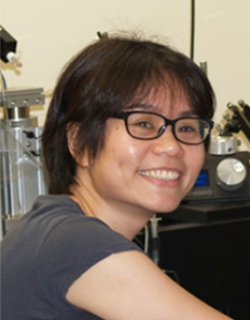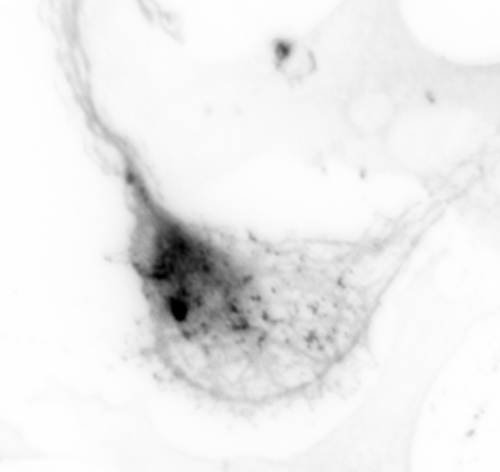
By Nesta Ha, PhD
Hindlimb locomotion, or walking, is a highly stereotypical and coordinated activity that is characterized by alternation in flexor and extensor muscles on the same side of the body and alternation of the same muscle types on the opposite side of the body. Even though we do not think about walking (as it is so basic to our daily life), it is a complex motor behavior that involves many neuronal circuits and can be heavily influenced by the information gathered from the sensory system.
The initiation of walking takes place in the brainstem, but the basic rhythm and pattern of locomotion can be generated and controlled entirely by a neuronal network located in the lumbar region of the spinal cord. At the top of this network lies the rhythm generating neurons, which are capable of producing the rhythm or timing and regularity of locomotion and activate downstream neurons in a coordinated fashion without the need for higher-level input from the brainstem. The mechanisms by which these spinal rhythm generating neurons generate the rhythmic signal are generally unknown; however, studies from other systems have suggested that rhythm generation can arise from intrinsic properties of component neurons, their network connections, or an interaction between the two.
My interest has always lay in spinal circuitry and specifically in how the rhythm is generated and the determination of the neurons that are involved. Therefore, the main goal of my PhD project was to investigate the mechanisms underlying spinal rhythm generation in a population of rhythm generating neurons that can be identified by the transcription factor Shox2.
I used spinal cords isolated from transgenic neonatal mice in which Shox2 interneurons are fluorescently labeled. This preparation allows me to elicit a fictive locomotor pattern that mimics the basic form of walking with neurotransmitters and, at the same time, has the ability to visualize and record Shox2 interneuron activity during the static condition and during fictive locomotion using whole-cell patch clamping.
I have identified two types of connections between these neurons: unidirectional connections mediated by chemical transmission and bidirectional connections mediated by electrical transmission. Interestingly, electrical coupling, though prevalent in neonatal mice, starts to decrease in strength and incidence roughly three weeks after birth, suggesting developmental changes and that electrical coupling might be implicated in promoting locomotor rhythmicity in young mice.

Growth Cone BIII Tubulin
Philip Yates
In addition, I found that a subset of these neonatal Shox2 interneurons are capable of maintaining rhythmic activity in the absence of fast excitatory drive from the network, suggesting that both intrinsic properties and connectivity play a role in the rhythmic activity seen in Shox2 interneurons.
The results found in my neonatal studies can be used as a stepping stone for the investigation of mechanisms contributing to spinal rhythm generation during development. My studies, therefore, complement nicely another line of work in the lab, which is spearheaded by Dr. Leonardo Garcia, suggesting that there are differences in the intrinsic properties of these Shox2 interneurons in the mature spinal networks.
Given the changes that we see, this might be one of the explanations as to why spinal rhythmogenesis remains elusive. Now, combining our experimental data with computational modeling, we can test for the possibility of a developmental switch in the arrhythmogenic mechanisms underpinning locomotion.
Besides being a PhD student, my second career/passion is soccer (and if you did not know by now, “Nesta” is from Alexandro Nesta, the greatest Italian soccer player!). Therefore, I am extremely grateful to be surrounded by friends and colleagues at Drexel who share the same interest. We always joke that we belong to the National Academy of Soccer and that we should publish/create our own soccer journal. Hopefully, one day I will be able to combine my love for soccer and science!